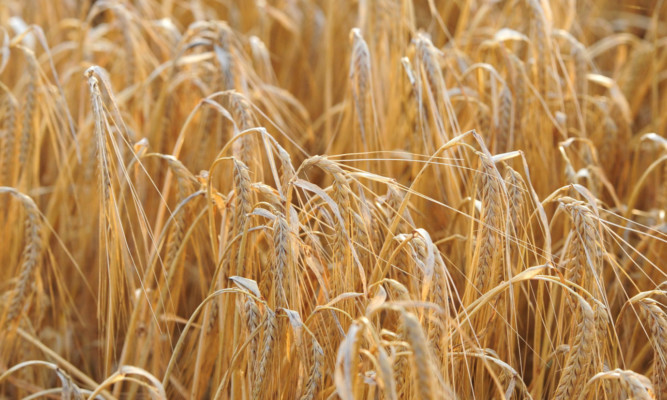The Oxford Farming Conference always has a theme, and in recent years has backed this up by publishing a scene-setting report.
This week is no different, but the results of a thorough look at competitiveness are far from encouraging for British farmers. It appears that they are not the world-beaters they imagine themselves to be, but instead lag behind their counterparts in many other countries in Europe and around the world.
The headline figures show that the efficiency of UK agriculture has only increased by 1.4% per year since 1960, and that even that modest performance has flat-lined since the early 1990s.
Conference chairman Richard Whitlock said: “Our report title the Best British Farmers,What Gives Them The Edge? sets out to identify some of the differences between the UK’s best farmers and those not at the top of their game.
“It also compares us with some overseas competitors.
“In this sense, agriculture is no different to any other industry; we have to compete on price, quality and performance.
“The report correctly identifies that lifestyle farmers or some agricultural sectors are willing to accept a lower level of performance. However, not facing the reality of poor performance, and assuming that someone else will provide a solution, is foolhardy.”
Mr Whitlock, who has had a long career in the grain trade, is in no doubt that reliance on subsidy, although vital to many, comes second to the influence of the individual.
“This is particularly so in today’s cost-cutting and free market society,” he added.
The 72-page report is a serious piece of work by any standards. Author and farm consultant Graham Redman of the Andersons Centre said: “Cost saving is a major opportunity for farming businesses, either through reducing business expenditure or ensuring output matches resources more precisely.
“Saving costs is the right commercial thing to do when it saves more cost than the income it forgoes.
“Within the UK, the main reason the best farmers make more money than the worst is because they spend less per unit of output. Higher output accounts for only about 10 to 30% higher profits, while lower costs contribute 65 to 90%.”
Mr Redman also noted that across all sectors and all countries there were high levels of variation between the top and the bottom performers.
“Top performers are often marginally better at everything rather than significantly better at anything. Marginal progress on all aspects of the business makes a considerable improvement to the overall figures,” he said.
There is also a no-holds-barred message in the report about the effects of research cutbacks.
“Improving efficiency at industry level is directly related to expenditure in research and development. In the UK this has fallen by about 6% per year in real terms over the last 20 years and is budgeted to continue falling for the next decade.
“To raise the performance of UK farming, this decline has to stop,” said Mr Redman.
Furthermore, much more of the of the research and developing funding should be focused towards near-market study by taking strategic research and applying it to industry.
Such an approach would also attract greater amounts of private funding.
Mr Redman added: “The UK and EU farming industries, compared with other countries, are also hampered by having technologies held back or withdrawn from use. Genetically modified plant seeds are the obvious example, with more recently the loss of plant protection products.
“The UK and EU is increasingly operating with fewer tools than non-EU counterparts, putting farming under sustained pressure from ideological and political preferences.”
These are strong words and may not be lost on the political speakers who will open the conference this morning.
It will be interesting to see how the call for an increased research budget and unfettered access to new technologies sits with Defra Secretary Liz Truss and Scotland’s Rural Affairs Secretary Richard Lochhead.
Key recommendations on competitiveness:
* To raise agricultural productivity, the decline in public research expenditure on agriculture needs to be halted and research investments increase.
* A greater proportion of research funds should be spent on near-market research to put the findings to best commercial use. This should also attract more private funds for research.
* Improved exchange of knowledge will benefit the research community while getting information to those who can use it.
* Good farming results come from attention to detail. Performance benchmarking is a route to better business practice.
* Potential farming executives could firstly seek employment experience in a non-farming, commercial workplace.
* Review successional planning in the farming business.
* British farmers need access to the best science, unencumbered by policy-making myths and misconceptions.
